In today’s fast-paced digital landscape, the news industry is facing unprecedented challenges. With the rise of social media and the overwhelming presence of misinformation, the traditional model of journalism is struggling to maintain its credibility and relevance. While text-to-speech (TTS) technologies have revolutionized content accessibility, the next evolution we need is "text to token (TTT)"—a new paradigm that could fundamentally transform how we value and consume news.
The Need for Quantifiable Valuation of News
Currently, the value of news is largely determined by click counts—a simplistic and often misleading metric. This one-dimensional approach fails to capture the true impact and quality of journalism. To properly evaluate news, we must adopt a more sophisticated system of quantifiable metrics, similar to how the music industry measures the value of a song through streaming counts, downloads, and platform usage.
News needs to be assessed through multiple lenses: its impact on public discourse, the trustworthiness of its sources, and the level of audience engagement. By implementing a more comprehensive valuation system, we can ensure that quality journalism is recognized and rewarded fairly.
Assetization of News and Copyright Protection
For news to hold true value, it must be treated as a digital asset, much like other forms of intellectual property. Blockchain technology offers a solution by enabling the secure storage, protection, and tokenization of news content. Through this process, news articles can become non-fungible assets with provable ownership and a transparent history.
At PUBLISH, we have already taken steps toward this vision by converting historical artifacts, such as the Korean “Hunminjeongeum Haerye” manuscript, into NFTs (Non-Fungible Tokens). This ancient document, which laid the foundation for the Korean alphabet, was tokenized to preserve its historical value digitally and make it accessible to a global audience.
This initiative provides a blueprint for the news industry, demonstrating how blockchain can be used to protect intellectual property and ensure that content remains secure and immutable. By following this model, we can transform news from a mere commodity into a valuable, tradable asset.
The Scientific Innovation of News: Lessons from King Sejong
Just as King Sejong of Korea revolutionized the written language by creating Hangul—a scientifically designed alphabet that enabled even the common people to communicate effectively—the news industry today must undergo a similar transformation. King Sejong’s innovation was based on the meticulous observation of phonetics and the human speech organs, resulting in an alphabet that was both logical and accessible. This scientific approach to language was a groundbreaking advancement that democratized literacy in Korea.
Similarly, the news industry needs a methodical and innovative approach to evolve. By using blockchain to secure copyright, tokenize content, and create a transparent market for news, we can ensure that journalism remains trustworthy and valuable in the digital age. Like King Sejong’s Hangul, this new paradigm has the potential to democratize access to credible information and protect the integrity of journalism.
Overcoming the Challenges of Paradigm Shifts
However, embracing such a paradigm shift is no easy task. There are significant challenges, including technical hurdles, economic uncertainty, and cultural resistance.
Technically, blockchain and tokenization are still relatively new to many, requiring a steep learning curve and substantial investment in education and infrastructure. Moreover, while blockchain offers powerful solutions, it is not a panacea and must be integrated thoughtfully with existing technologies.
Economically, the volatility of cryptocurrency markets poses risks. For news organizations looking to monetize content through tokenization, managing these risks requires careful strategy and resilience.
Culturally, there is often resistance to change. Journalists and news organizations are accustomed to traditional methods of content creation and distribution. Overcoming this resistance involves clearly communicating the benefits of this new paradigm and gradually introducing these innovations in a way that feels accessible and beneficial to all stakeholders.
Conclusion: The Need for a New Paradigm
Now is the time for the news industry to embrace a paradigm shift. Moving from text to token (TTT) could be the key to securing the future of journalism. By leveraging blockchain to value, protect, and tokenize news, we can move beyond the limitations of current models and ensure that journalism remains a vital, trustworthy pillar of society.
While the path to this new paradigm is fraught with challenges, the potential rewards are immense. With dedication and strategic effort, we can pave the way for a future where news is not just consumed, but valued and respected as the crucial asset it truly is.





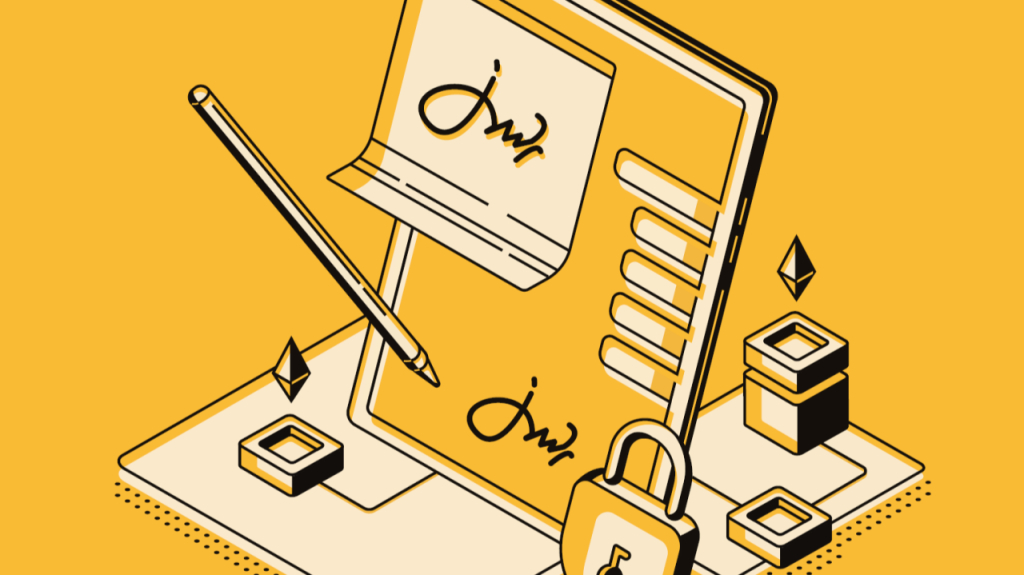

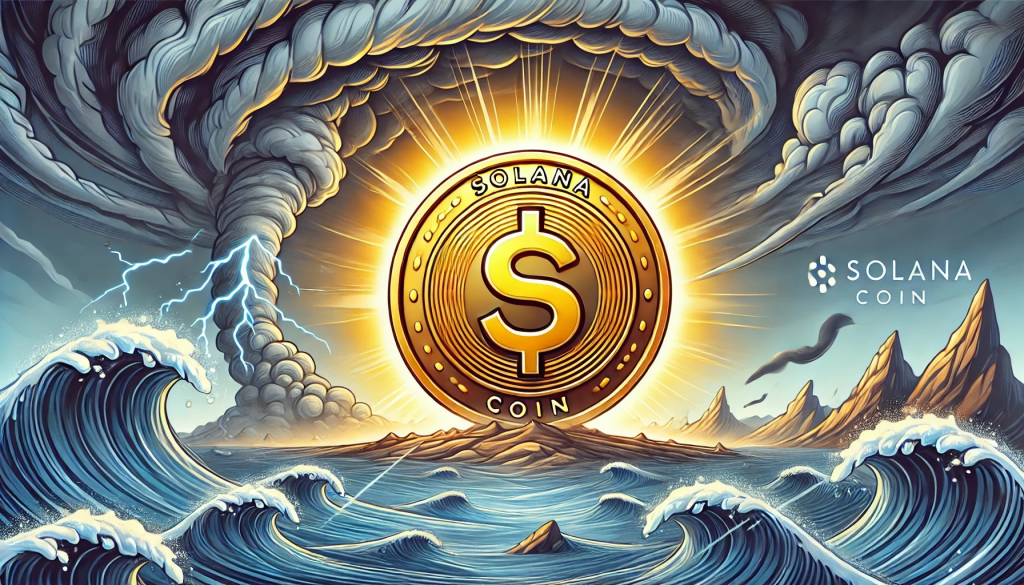
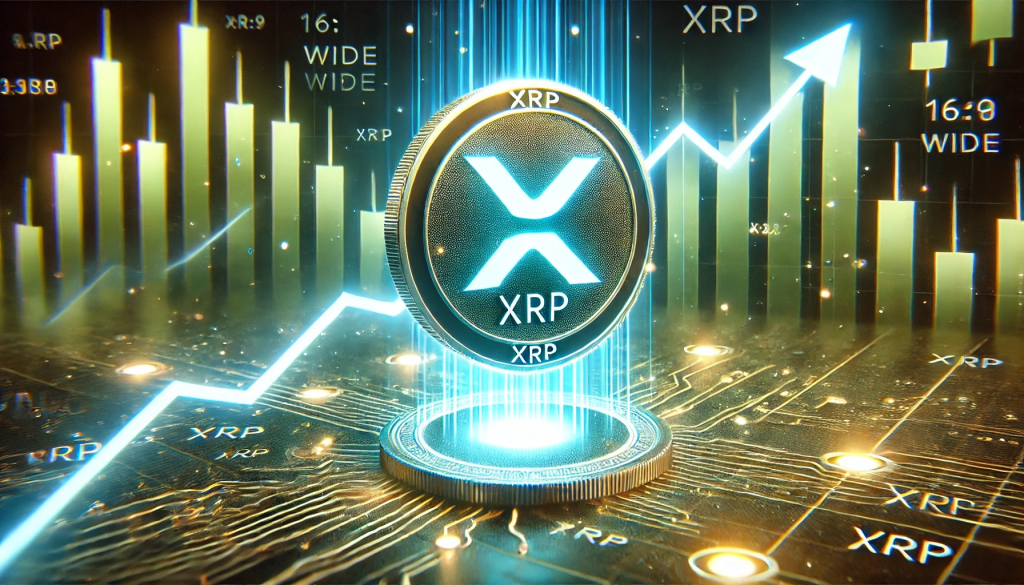
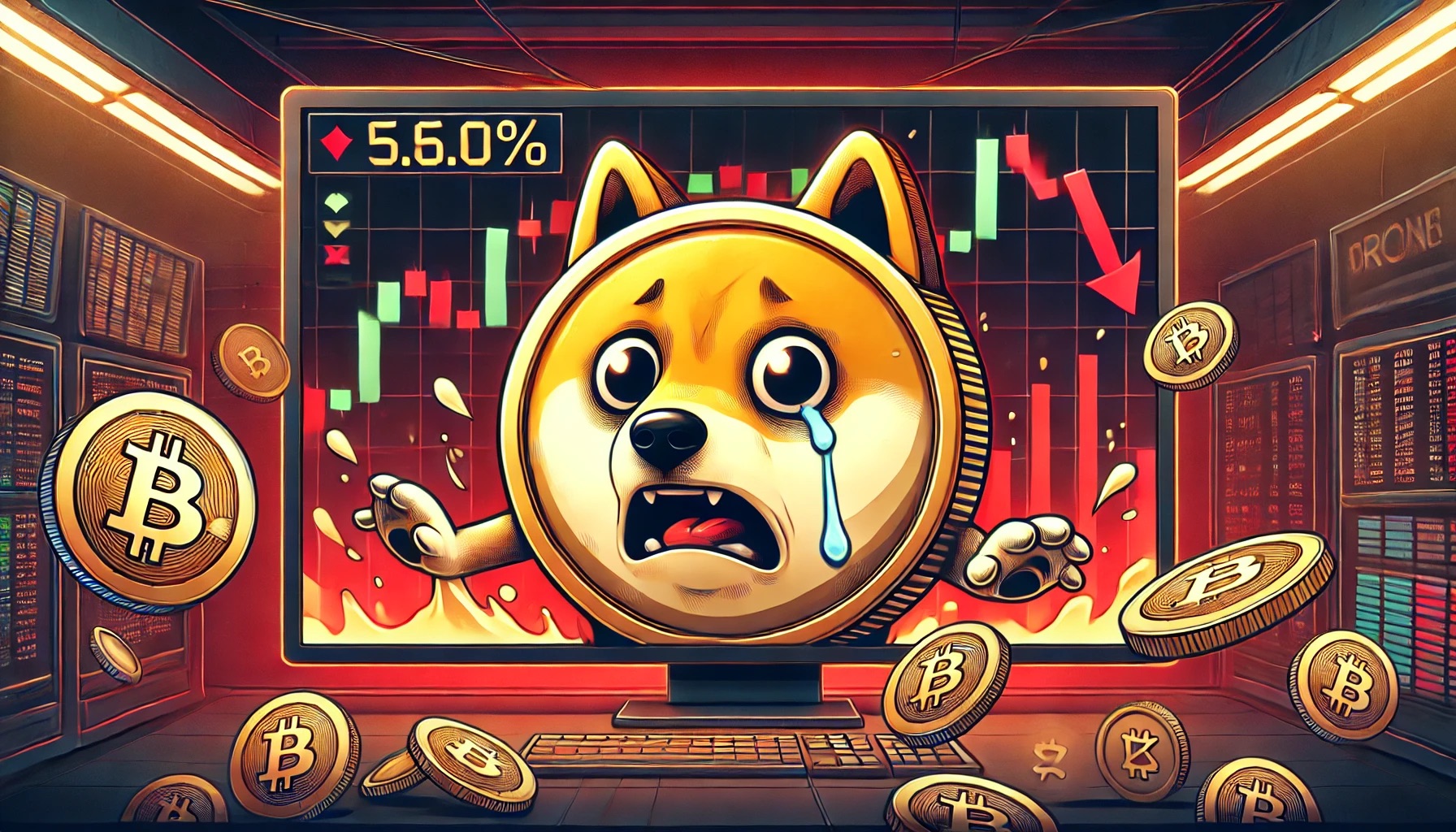



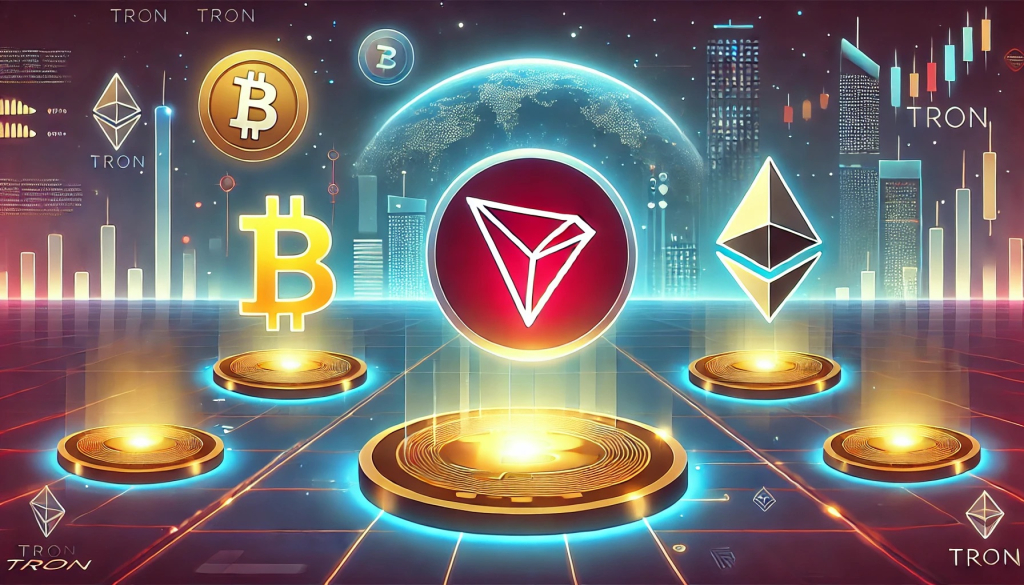



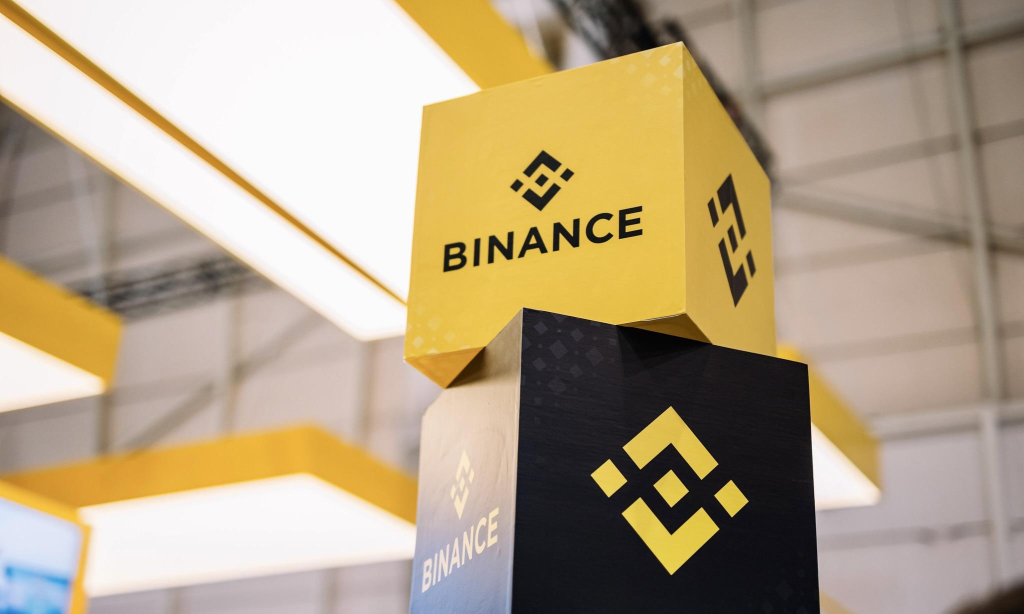


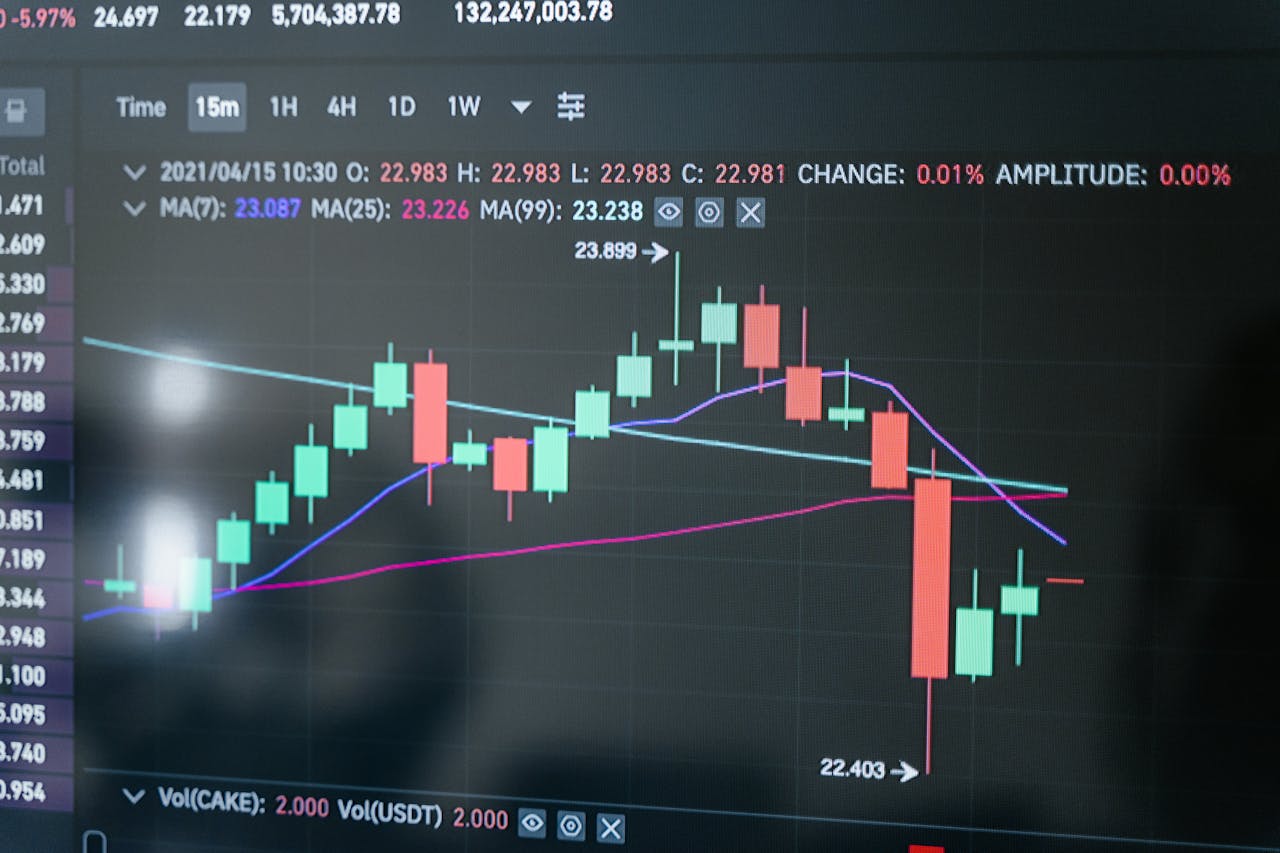
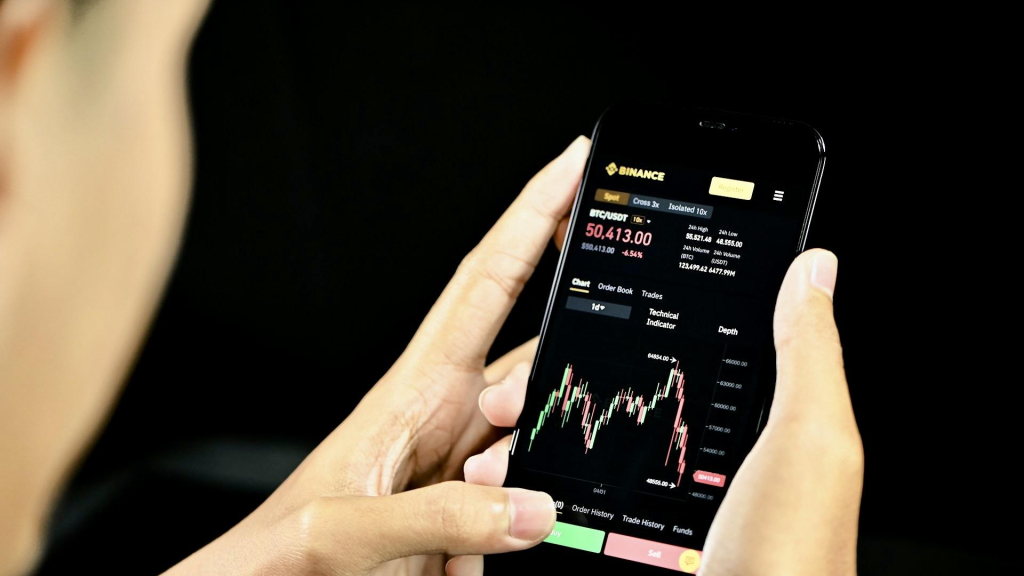
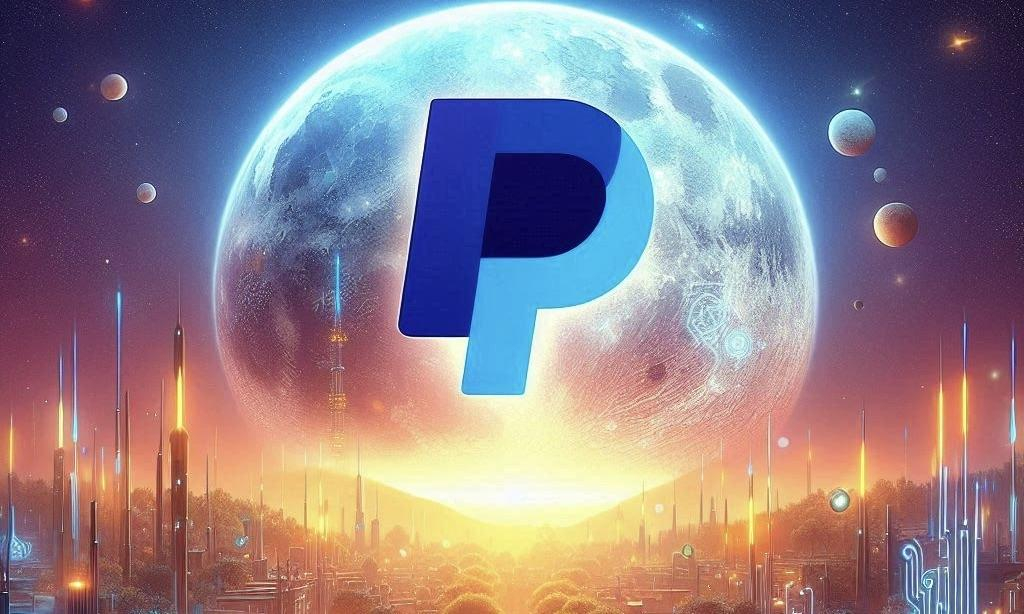
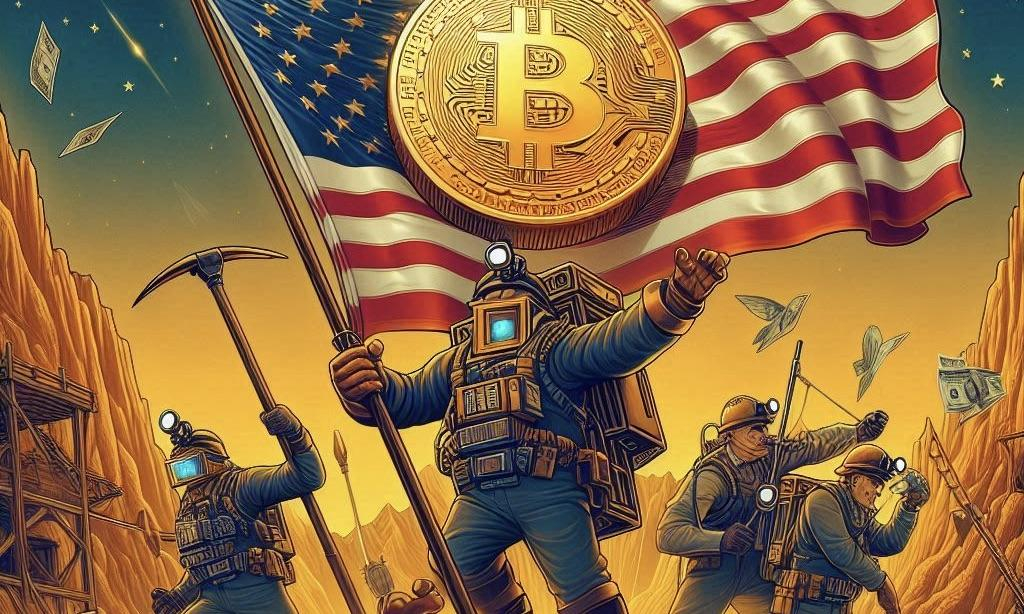



Comment 0